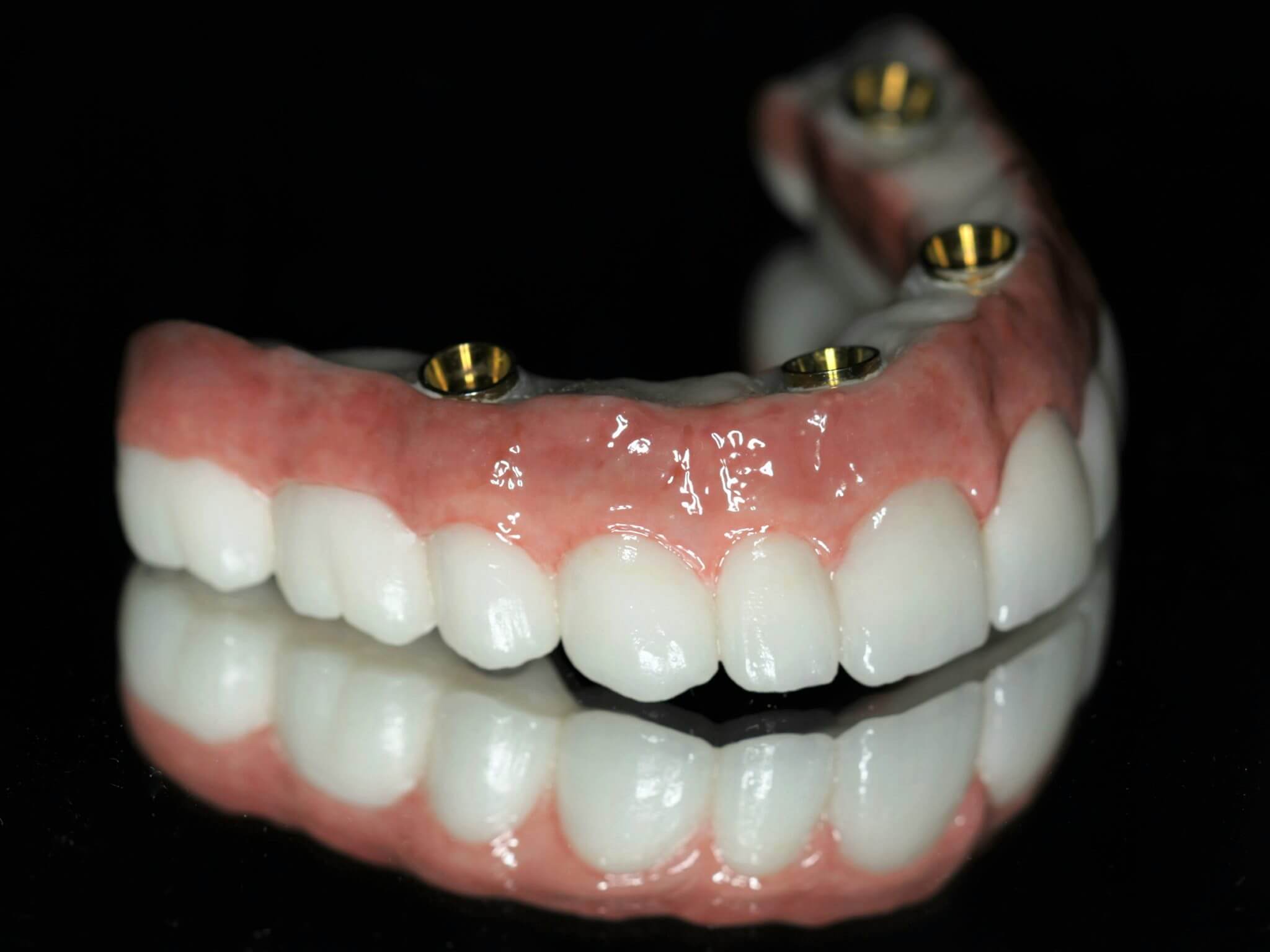Dental Sense - An Overview
Dental Sense - An Overview
Blog Article
Dental Sense for Dummies
Table of ContentsThe Single Strategy To Use For Dental SenseExcitement About Dental Sense6 Simple Techniques For Dental SenseUnknown Facts About Dental Sense
are clinical devices operatively implanted into the jaw to restore a person's ability to chew or their appearance. They supply support for man-made (fake) teeth, such as crowns, bridges, or dentures. When a tooth is shed due to injury or illness, a person can experience difficulties such as fast bone loss, defective speech, or modifications to chewing patterns that result in pain.Dental implant systems contain a dental implant body and dental implant joint and may likewise consist of a joint addiction screw. Dental veneers cost. The oral implant body is surgically placed in the jawbone in location of the tooth's origin. The dental implant joint is usually affixed to the implant body by the abutment addiction screw and extends via gum tissues right into the mouth to sustain the connected synthetic teeth
(https://medium.com/@matthewmusic33101/about)Structure of The Dental Implant System picking oral implants, speak to your dental service provider about the potential benefits and risks, and whether you are a prospect for the procedure. Points to think about: Your overall health and wellness is a crucial variable in figuring out whether you are an excellent prospect for dental implants, just how long it will take to heal, and for how long the dental implant might stay in area.
Cigarette smoking may impact the recovery procedure and decrease the lasting success of the implant. The healing process for the dental implant body might take a number of months or longer, throughout which time you generally have a short-term joint instead of the tooth. the dental implant procedure: Carefully comply with the dental hygiene instructions provided to you by your dental copyright.
The smart Trick of Dental Sense That Nobody is Talking About
Implant failing can cause the requirement for one more procedure to repair or replace the implant system. Restores the capacity to eat Recovers aesthetic look Aids maintain the jawbone from diminishing due to bone loss Maintains the health of the bordering bone and gums Aids keep adjacent (close-by) teeth secure Improves lifestyle Damages to surrounding all-natural teeth throughout dental implant positioning Injury to the surrounding cells during surgical procedure, such as sinus opening Injury during surgical treatment (for instance, fracture of surrounding jawbone) Insufficient feature, such as feeling like the teeth do not attack together generally A feeling that the tooth is loose or turning in location arising from an abutment screw loosening up Implant body failing (looseness of the dental implant body) due to systemic infection, which may be most likely in clients with uncontrolled diabetes mellitus as a result of neighborhood infection in bone and periodontals supporting the dental implant body as a result of postponed recovery, which may be check here more probable in clients who smoke Difficulty cleansing the periodontals around the dental implant, resulting in bad oral hygiene Unattended periodontal illness Post-surgical tingling because of nerve impingement or damages Constantly notify health treatment suppliers and imaging technicians that you have dental implants before any type of magnetic resonance imaging (MRI) or x-ray procedures.
FDA is not conscious of any type of adverse occasions reported for MRI or x-ray treatments with dental implants. Oral implants systems are normally made from products that follow global agreement requirements of the International Company for Standardization (ISO) or ASTM International. These requirements have details of what makes a risk-free material.

A dental implant is a framework that replaces a missing tooth. With screw-like devices, the cosmetic surgeon inserts a dental implant into the jawbone, and it functions as an anchor for an artificial tooth, called a crown. A device called an abutment links the man-made tooth to the dental implant. The crown is personalized to fit the person's mouth and match the shade of their teeth.
Not known Factual Statements About Dental Sense
Some people are not qualified for oral implant surgical treatment. It is for oral cosmetic surgeons to run on individuals with: severe illnessuncontrollable metabolic diseasebone or soft tissue condition or infectionIf these concerns are resolved, a person can have the surgical procedure. In, dental doctors avoid operating on people with: If people with any of the above undergo dental implant surgical treatment, there is a higher danger of the dental implant falling short.

Dental dental implant surgery is a tailored process. It's not the very same for everybody. However the following gives a general introduction of what you can expect your dentist, dental cosmetic surgeon, periodontist or prosthodontist to do: Place the dental implant surgically. Offer you time to recover. Connect the blog post and final crown, bridge or denture.
Next off, your specialist will meticulously position the oral implant into your jaw. If your implant is near the front of your mouth, your dentist will certainly make a short-term tooth for you to use until you heal.
Not known Incorrect Statements About Dental Sense
Your provider can inform you what to anticipate in your scenario. Throughout the healing stage, your jawbone ought to fuse to the oral implant. This procedure, called osseointegration, is crucial for stability and long-lasting success. This process can take anywhere from three to 9 months. In many cases, it might take much longer.
When your dental implant heals, your dental practitioner can connect the joint (little port article) and your final remediation (crown, bridge or denture). This typically takes concerning one hour to finish and may need a 2nd minor surgical treatment. You shouldn't really feel any type of pain throughout your oral implant procedure because your service provider will certainly make use of medicine to numb your gums.
Report this page